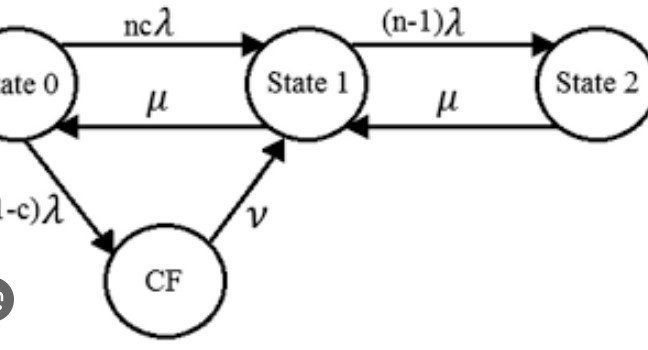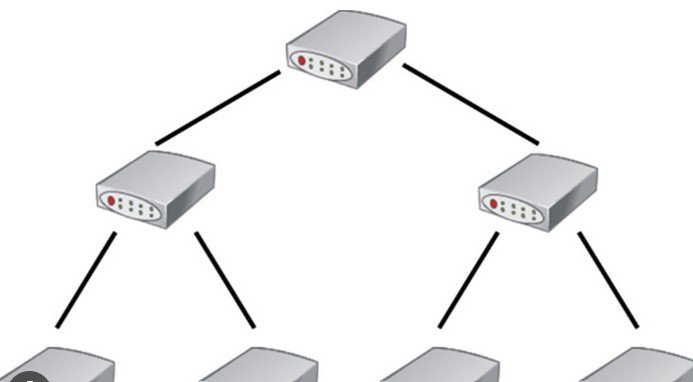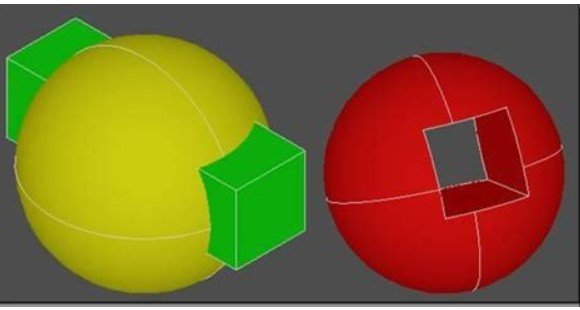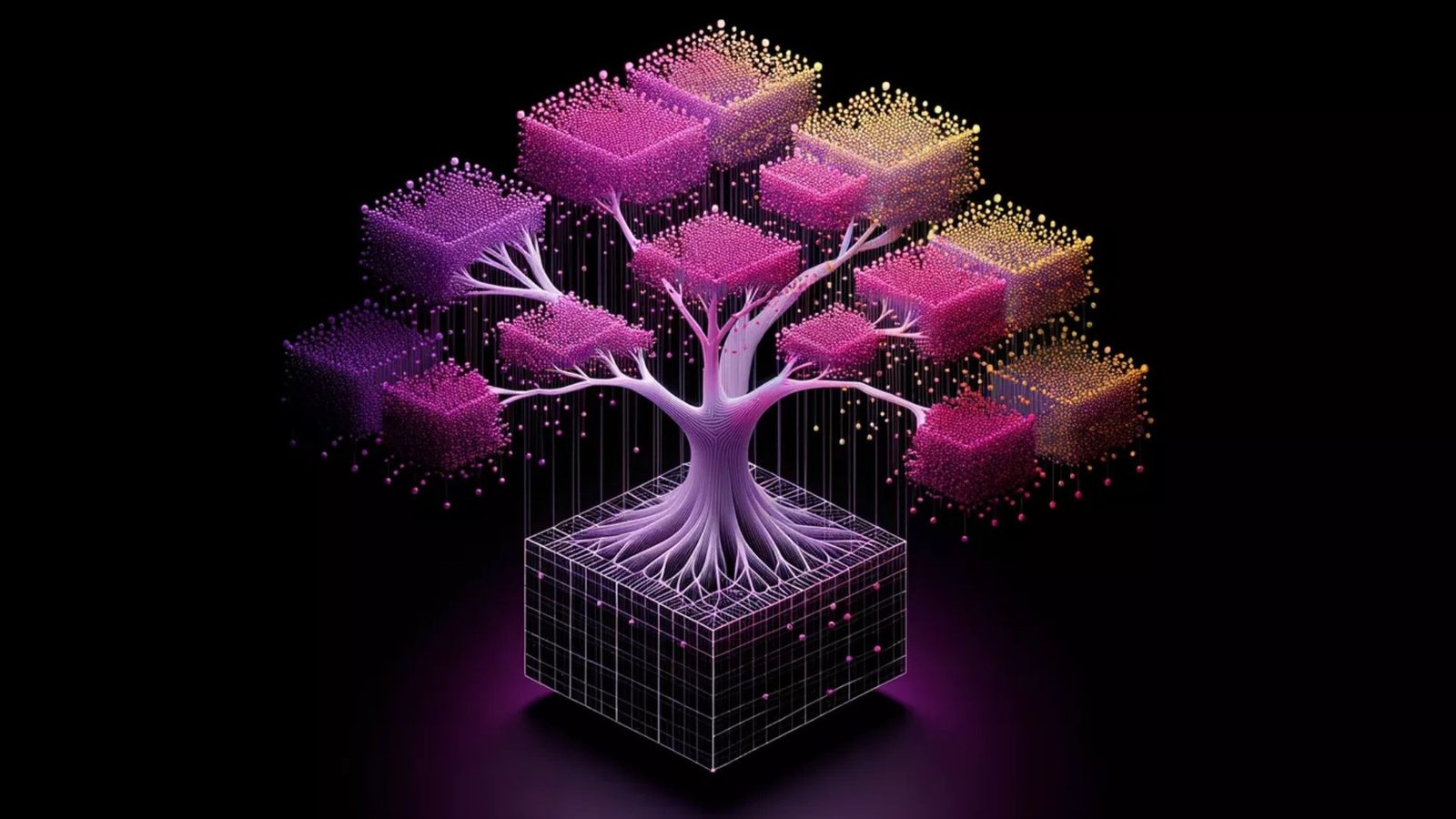Geometric informatics is reshaping how we approach urban planning by integrating spatial data analysis and computational geometry. Topology in geometric informatics plays a crucial role in understanding the relationships and connections between spaces. Topology, a branch of mathematics that examines the properties of space preserved under continuous transformations, helps us grasp how different objects and spaces interact. By applying topological principles, urban planners can model, analyze, and manage complex systems more effectively, making it a key tool in creating efficient, sustainable cities.

What is Topology in Geometric Informatics?
Topology focuses on the spatial relationships between objects rather than their exact measurements. It allows us to understand how spaces are connected and how they function together. In geometric informatics, topology plays a vital role in analyzing how streets, buildings, and other urban elements are interconnected. This approach differs from traditional geometry, which emphasizes precise measurements. Topology looks at the broader picture, focusing on connectivity and continuity, which are essential in urban planning where understanding the flow of traffic, people, and resources is more important than exact measurements.
How Topology Enhances Geometric Informatics
By incorporating topology in geometric informatics, urban planners gain a deeper understanding of spatial systems. Topology allows planners to analyze networks, such as transportation routes or utility systems, by focusing on how different elements are connected. For instance, topological methods can highlight the most connected areas in a city’s transportation network, revealing potential traffic bottlenecks or areas that need improved public transport access.
In the case of utility systems, topology can identify the optimal placement for resources like water and electricity, ensuring they are well-distributed and connected. These insights enable planners to make data-driven decisions that improve the efficiency and sustainability of urban development. Topology also enhances urban planning by showing how spaces interact, even when they may not seem to be physically close to one another.
The Importance of Topological Algorithms
Topological algorithms are essential for analyzing and processing spatial data in geometric informatics. These algorithms help identify patterns and relationships that would be difficult to detect using traditional methods. For example, topological algorithms can analyze transportation networks to find the shortest or most efficient routes, while also considering the broader layout and connectivity of the entire system.
These algorithms also support spatial clustering, which is the process of identifying groups of objects or areas with shared spatial characteristics. In urban planning, this can help pinpoint high-density areas, underserved neighborhoods, or potential sites for new developments. By applying topological algorithms, planners can make more informed decisions about where to focus efforts for infrastructure improvement or new development.
Topology and Smart Cities
In the context of smart cities, topology plays an increasingly important role in managing complex urban systems. As smart cities rely on real-time data from sensors, cameras, and other devices, topology helps integrate and make sense of this diverse information. By analyzing how different systems within the city are interconnected, topology enables planners to optimize everything from traffic flow to energy distribution.
For example, topology can help cities optimize traffic patterns by analyzing how road segments are connected and adjusting traffic signals based on real-time data. Similarly, in energy management, topology allows planners to assess the connections between power plants, substations, and consumers, ensuring energy is distributed efficiently. This level of analysis helps create a more responsive, efficient urban environment.
The Challenges of Using Topology in Geometric Informatics
Despite its many advantages, using topology in geometric informatics presents some challenges. One of the main obstacles is the complexity of topological data, especially when dealing with large-scale urban systems. Processing vast amounts of data requires powerful algorithms and computing resources. Moreover, the abstract nature of topology can make it difficult for some urban planners to apply effectively.
To overcome these challenges, cities must invest in technology and training for urban planners. Equipping planners with the necessary tools and knowledge will help them integrate topology into their workflows, making it a more accessible and effective tool for urban development. While the learning curve may be steep, the benefits of topology in improving city planning and design make it a valuable asset for modern urban challenges.
Conclusion
Topology in geometric informatics significantly enhances urban planning by providing insights into the connectivity and relationships between spaces. This allows urban planners to design cities more efficiently and sustainably by focusing on the structure and flow of urban systems rather than precise measurements. From transportation networks to smart city infrastructure, topology helps improve connectivity and resource distribution. Though implementing topological principles presents some challenges, the benefits they offer in creating smarter, more efficient cities make them indispensable in the future of urban planning.




